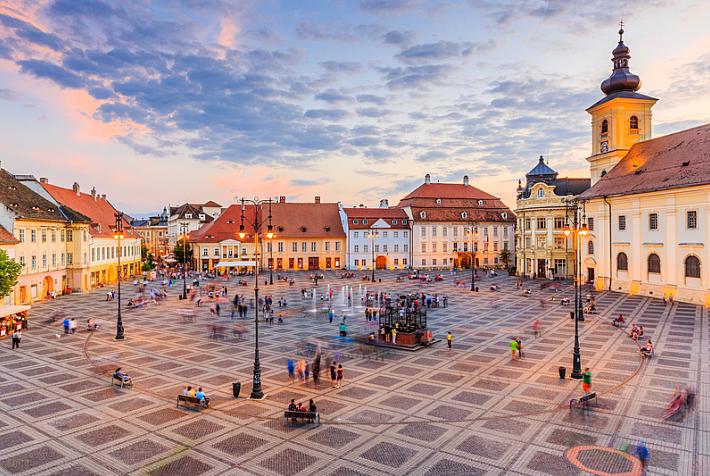Unserious targets for euro zone accession hurt Romania's population

Romania’s authorities haven’t been serious when setting up very ambitious targets for the country’s accession to the euro zone, which also had a negative impact on the population as many people took loans in euro, according to macro analyst Ionut Dumitru, the president of the Fiscal Council.
When entering the European Union, in 2007, Romania had 2010 as a target to join the euro zone. After 2007, lending in euro went up abruptly, which coincided with the economic boom and the real estate bubble. When the local currency fell sharply against the euro, during the crisis, many debtors that hadn’t covered their currency risk couldn’t pay off their debt.
“The initial date (to join the euro zone – e.n.) was very ambitious. Maybe this also encouraged a large part of the population to get loans in foreign currencies, waiting for a quick euro adoption,” said Ionut Dumitru cited by Profit.ro.
He added that the authorities have taken the euro adoption very lightly when announcing the new date, which is January 1, 2019.
“The calendar must be realistic. The adoption date must also be supported by a serious program, which includes specific tasks for all the parts involved in this process,” Dumitru explained.
He also pointed out that Romania hasn’t had an economic convergence, but rather a divergence between its regions. While Bucharest could join the euro zone any day, as its GDP per capita is 130% of the EU average, in North-Eastern Romania the GDP per capita only stands at 25% of the EU average.
editor@romania-insider.com















